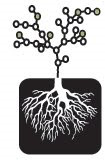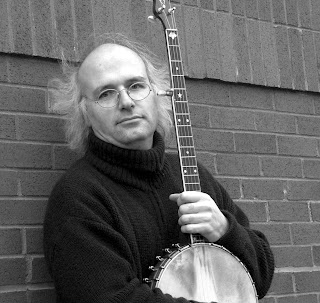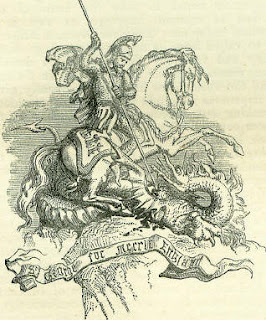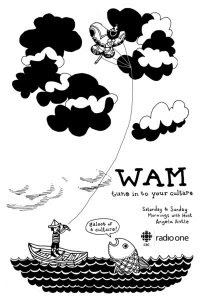Friday, June 13th, 2008
1:00 pm - 4:00 pm
The Lantern, Barnes Road, St. John’s
Ever want to collect and tell your family stories? Want to learn how to interview family members, preserve the oral stories, and weave together family facts and experiences into tellable tales? Join storyteller Cindy Campbell from Nova Scotia for this workshop that will help you create or re-create stories to pass along to the next generation. A Family Stories Workbook will be provided to help get you started.
1:00 pm - 4:00 pm
The Lantern, Barnes Road, St. John’s
Ever want to collect and tell your family stories? Want to learn how to interview family members, preserve the oral stories, and weave together family facts and experiences into tellable tales? Join storyteller Cindy Campbell from Nova Scotia for this workshop that will help you create or re-create stories to pass along to the next generation. A Family Stories Workbook will be provided to help get you started.
About Cindy Campbell, Workshop Leader
 Cindy is a storyteller, born and raised in Nova Scotia with roots in Prince Edward Island. She heard her first oral stories as a child while sitting around her grandmother’s kitchen listening to the adults talk. These were snippets of stories about people, events and community history. As an adult, she became interested in storytelling when she attended the 3rd Annual National Conference of Storytellers of Canada/ Conteurs du Canada in Fredericton, New Brunswick in 1995. Soon, she became fascinated with regional stories and histories, family stories and personal stories. Cindy has performed at festivals, conferences and special events all across the country. In 2006, Cindy toured the Gaspe Region as a Storyteller for CASA and was a traveling Storyteller for the TD Canadian Children’s Book Tour.
Cindy is a storyteller, born and raised in Nova Scotia with roots in Prince Edward Island. She heard her first oral stories as a child while sitting around her grandmother’s kitchen listening to the adults talk. These were snippets of stories about people, events and community history. As an adult, she became interested in storytelling when she attended the 3rd Annual National Conference of Storytellers of Canada/ Conteurs du Canada in Fredericton, New Brunswick in 1995. Soon, she became fascinated with regional stories and histories, family stories and personal stories. Cindy has performed at festivals, conferences and special events all across the country. In 2006, Cindy toured the Gaspe Region as a Storyteller for CASA and was a traveling Storyteller for the TD Canadian Children’s Book Tour.In 2006, Cindy was project manager for the Youth In Storytelling Initiative which encouraged the use of Storytelling in the schools, encouraged youth to collect their family stories, and the final stage was a Family Storytelling Contest. This project was in partnership with The Storytellers Circle of Halifax and Pier 21 National Historic Site. Cindy is also working on a Community Stories project for Cole Harbour Heritage Farm where the information from taped interviews are woven into stories. She is the Provincial Representative for Storytellers of Canada/ Conteurs du Canada, Coordinator of the Storytellers Circle of Halifax, and Storytelling Liaison for the Helen Creighton Folklore Society. In Halifax, from November 14 -16, the Helen Creighton Folklore Society will host the 2008 Conference for the Canadian Society For Traditional Music. Cindy is co-chair of this conference along with Clary Croft.
FREE Workshop, limited seating, participants must pre-register.
Register by fax (709-739-5413) phone (709-739-1892 ext 3) or email info@heritagefoundation.ca








